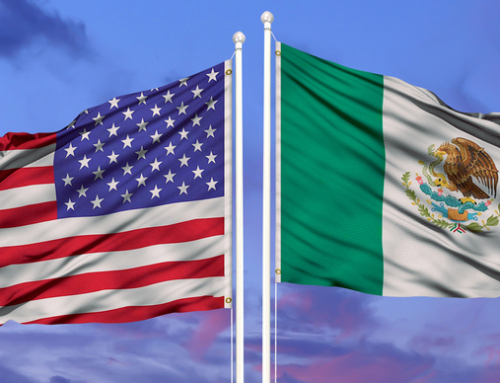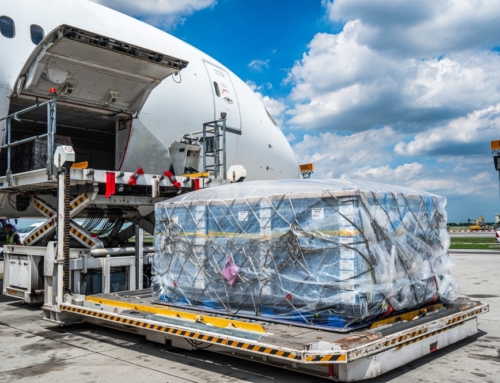The incoming U.S. administration is placing a significant emphasis on foreign trade policy. Recent announcements regarding tariff plans and cabinet selections signal a focused approach to international trade as the new administration prepares for its term. Businesses and stakeholders across the global supply chain are closely monitoring these developments.
JANUARY TARIFF ANNOUNCEMENTS
On November 25, 2024, the President-elect reaffirmed plans to implement tariffs on goods imported from Mexico and Canada. In a statement shared on social media, the incoming leader announced that a 25% tariff on all products entering the United States from these countries would take effect on January 20, 2025, as part of an executive order. The goal of these tariffs, according to the statement, is to address concerns related to illicit goods and unauthorized border crossings. The Vice President-elect also commented on the matter, emphasizing the importance of international collaboration to address these challenges.
Read more about the potential effects of the incoming administration’s trade policies in our editorial: The New Administration – Free Trade Agreement and Tariff Outlook
2025 PRESIDENTIAL CABINET SELECTION
In addition to trade policy announcements, key cabinet selections have been made.
Scott Bessent, a hedge fund executive and nominee for U.S. Treasury Secretary, has previously described tariffs as a strategic tool for achieving long-term goals, including tariff reduction. His selection has been met with cautious optimism from investors expecting a balanced approach.
Meanwhile, Howard Lutnick, the nominee for Commerce Secretary, is anticipated to play a prominent role in trade negotiations, with the U.S. Trade Representative potentially reporting directly to him—a shift from traditional policy structures.
Stay up-to-date on freight news with Green’s Weekly Freight Market Update by following us on LinkedIn. For continuous updates, make sure to check out our website at greenworldwide.com.







